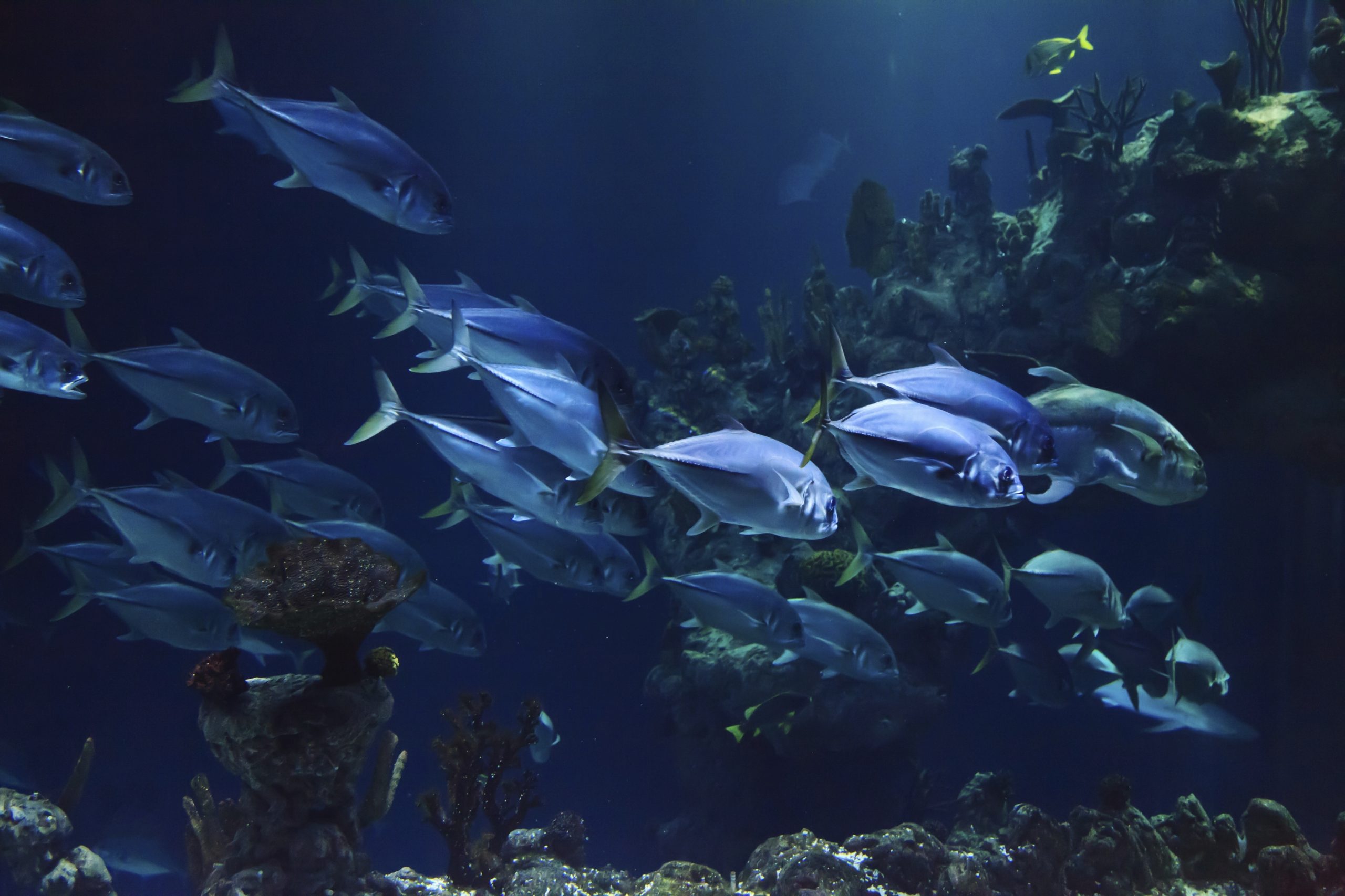To land dwellers, the ocean may look like a blank, flat canvas where every patch is no different from the rest of blue water. But to fish, who swim within the dynamic currents of the sea, it features a diverse landscape – from biomes similar to deserts and those more like jungles – where aquatic life can find itself in unfamiliar places far from home.
To better understand how ocean currents spawn such migrations, an international group of researchers used SDSC’s Expanse supercomputer to create simulations of the currents in the California Current Ecosystem – an area spanning more than 1,800 miles along the coast from Canada to Mexico. The simulations will allow scientists to gain insights into why fish live where they do, and how the currents help, or in some cases, force fish into new waters where they either thrive or fight to survive.
Read the full story here (published July 22, 2022): Scientists Use SDSC’s Expanse to Better Understand California Current Ecosystem
The ocean may look like a blank, flat canvas of blue water to land dwellers, where every patch is no different from the rest. In truth, the currents actually create a diverse landscape where aquatic life will find itself in places devoid of life and places full of it.
Project Details
Institution: SCDC (San Diego Supercomputer Center)
University: University of California, San Diego
Funding Agency: The work on the Expanse supercomputer was funded by the National Science Foundation’s Extreme Science and Engineering Discovery Environment allocated through XSEDE.
Grant Number: TG-OCE170017
The science story featured here, allocated through August 31, 2022, was enabled through Extreme Science and Engineering Discovery Environment (XSEDE) and supported by National Science Foundation grant number #1548562. Projects allocated September 1, 2022 and beyond are enabled by the ACCESS program, which is supported by National Science Foundation grants #2138259, #2138286, #2138307, #2137603, and #2138296.


